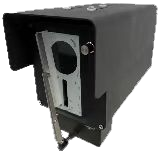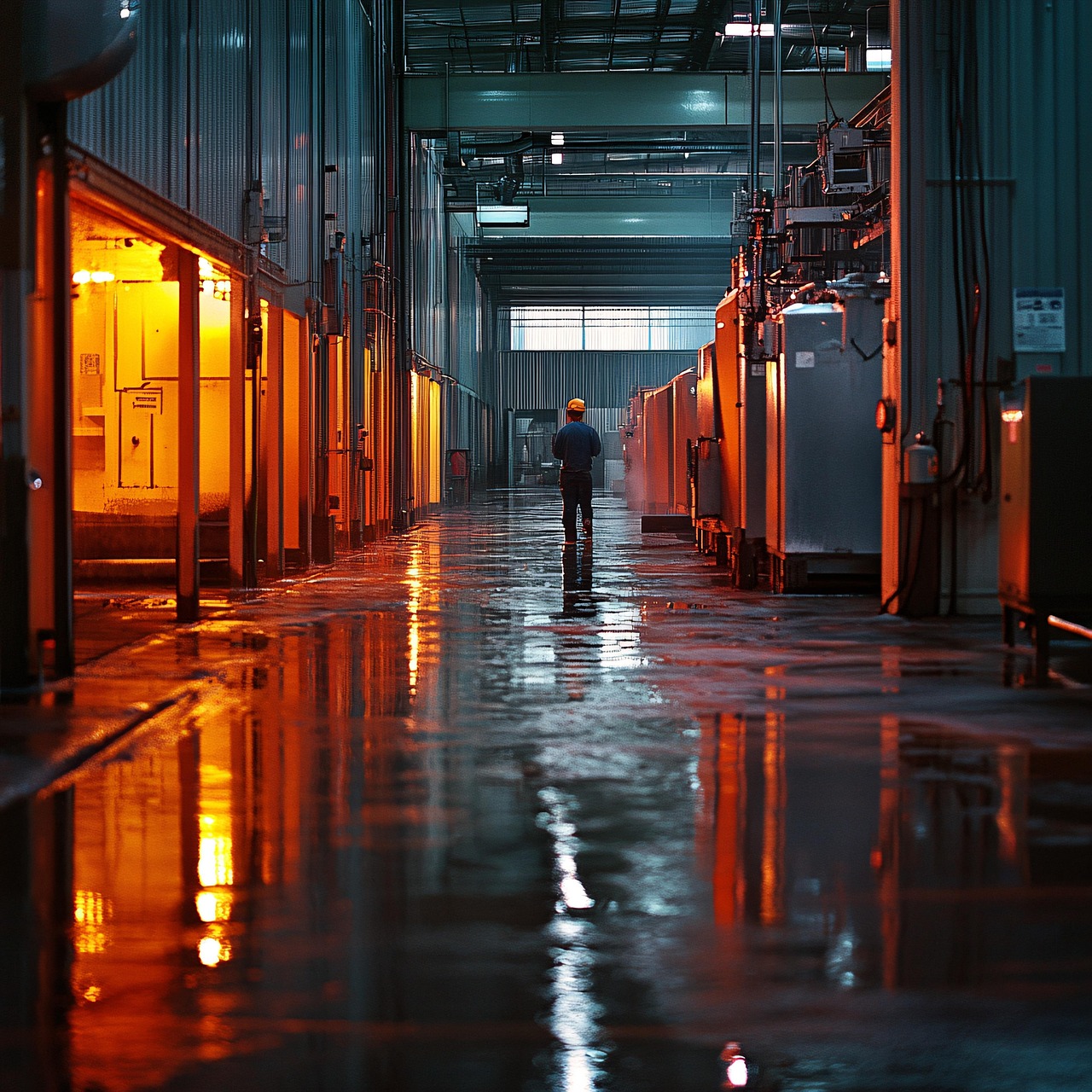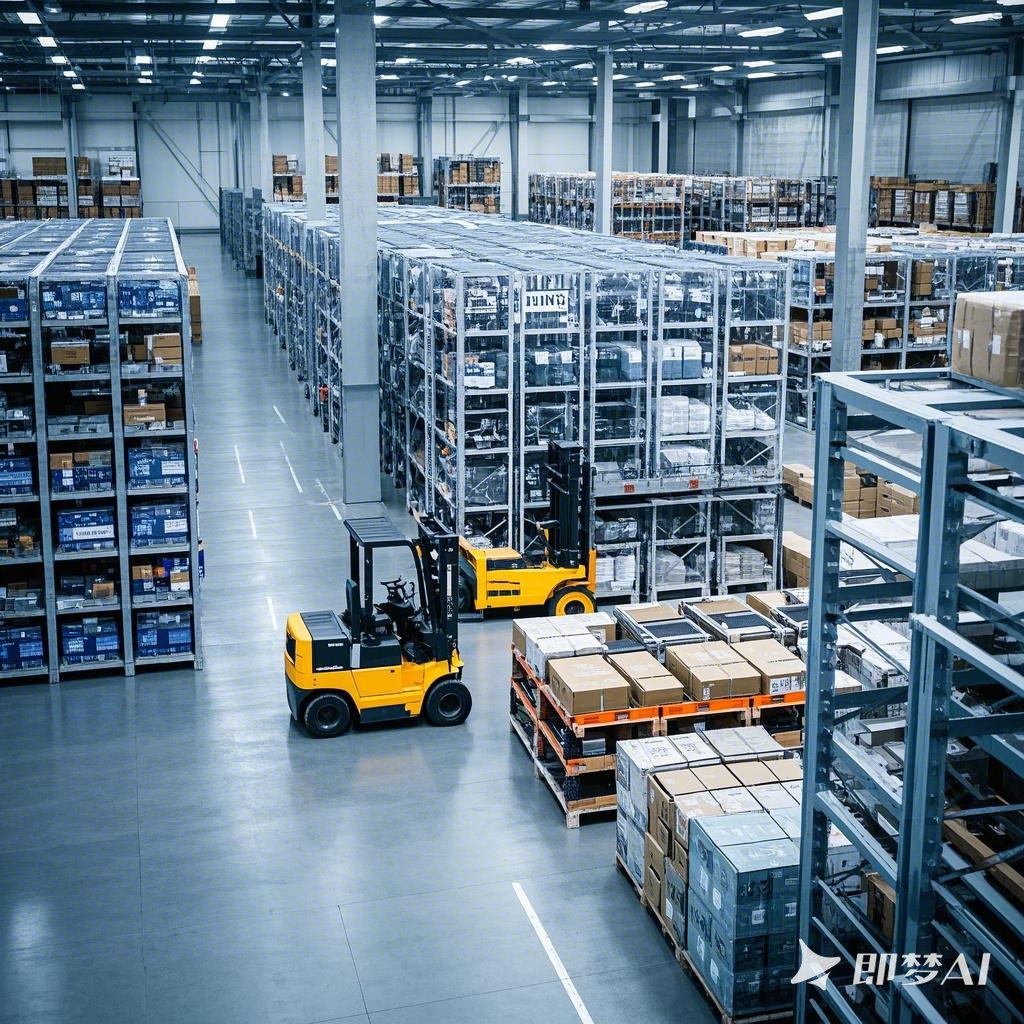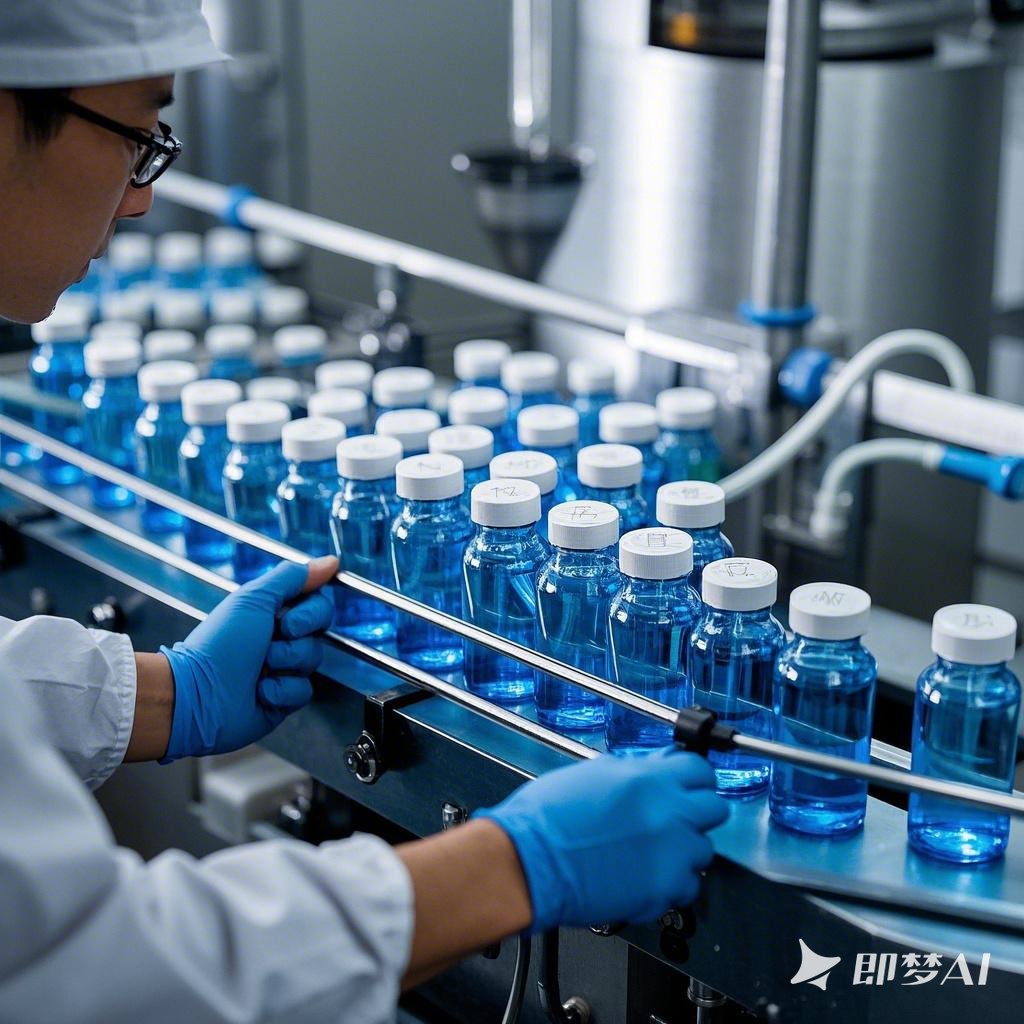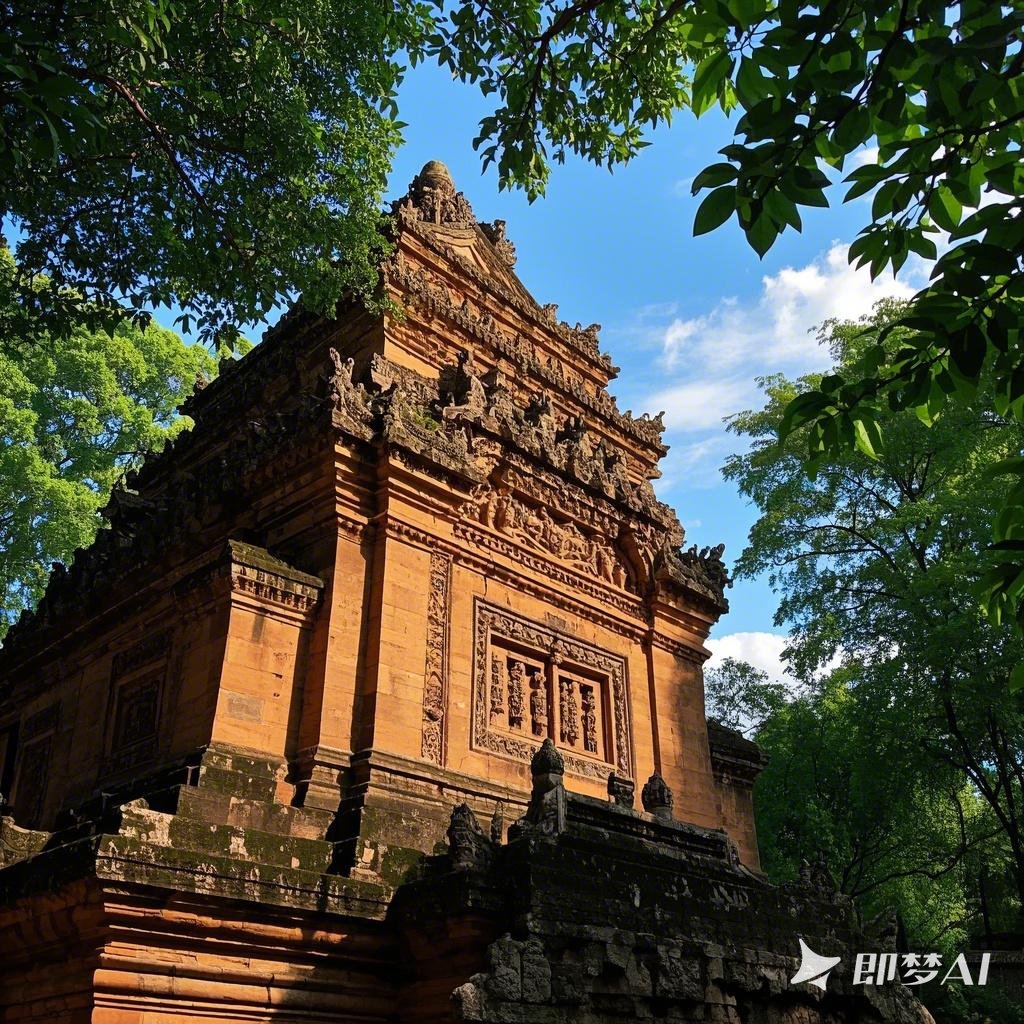Linear laser video recognition is a high-tech device that combines laser scanning technology and video processing technology. It uses a linear laser beam to scan the target object, receives the reflected light through the sensor, converts the light signal into an electrical signal or a digital signal, and then generates video image data that can reflect the surface characteristics and geometry of the object for subsequent recognition, analysis and other operations.
Optical system: including cylindrical objective lenses, lens groups, etc., used to diffuse, focus, or adjust the laser beam to a linear laser, and collect the reflected light, optimize the transmission and imaging quality of the light, and reduce stray light and optical distortion.
Image sensors, such as CCD or CMOS sensors, are responsible for converting the received optical signals into electrical or digital signals. Their resolution, frame rate, and sensitivity determine the image's clarity, acquisition speed, and adaptability to low-light environments.
Scanning device: controls the scanning path and speed of the laser line to ensure a comprehensive and uniform scan of the surface of the object. The scanning method can be mechanical scanning, electronic scanning or a combination of both.
Control and processing unit: usually composed of a computer, microprocessor, or dedicated controller, responsible for coordinating the work of various components, controlling scanning parameters, receiving and processing image data, and running recognition algorithms and software to analyze and judge objects.
